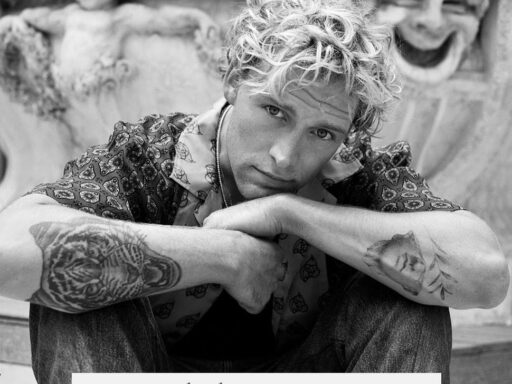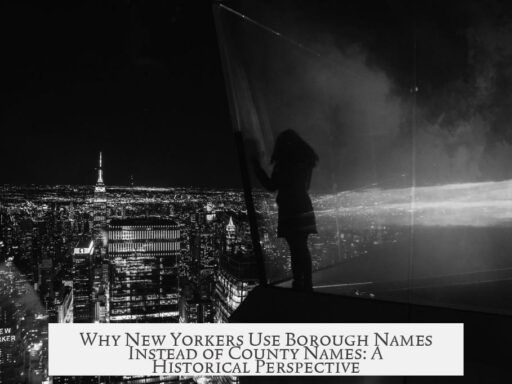The Silent Generation is ironically named because, contrary to popular belief, they were not silent or passive. Although the label suggests quiet conformity, this generation produced many cultural icons and leaders who significantly shaped social movements and popular culture. They emerged from a unique historical context that influenced both their public image and behavior.
The term “Silent Generation” typically describes people born between 1928 and 1945. This group followed the Greatest Generation and preceded the Baby Boomers. The name was coined in the early 1950s, when observers perceived them as quiet and reserved. According to a 1951 Time article, those in this cohort were notable for their “silence,” contrasting with the more outspoken and rebellious previous generation. The flapper culture and the roaring twenties defined their parents’ youth, creating a stark contrast with the Silent Generation’s more subdued demeanor shaped by the hardships they endured.
This generation grew up during two defining global events: the Great Depression and World War II. These experiences forged a practical and conservative mindset. Experts from the University of Missouri note that the Silent Generation developed a “waste not, want not” philosophy. They valued financial security, patriotism, family, and sacrifice. Their upbringing encouraged conformity, stability, and simplicity rather than rebellion. Such traits contributed to the perception of their collective silence.
Despite this, the Silent Generation’s contributions and activism reflect a much louder presence than their name suggests. Members of this generation led major social movements. Figures like Martin Luther King Jr., a key civil rights activist, and feminist leader Gloria Steinem emerged from this cohort. Additionally, cultural icons such as Elvis Presley and the Beatles (though the latter were born slightly later) had roots in this timeframe or were influenced by this generation’s attitudes.
The contradiction becomes clear when considering the impact they had on culture and social change. Many people mistakenly associate cultural upheaval and counterculture solely with the Baby Boomers. However, most of the groundwork was laid by the Silent Generation. They influenced the Boomers’ embrace of change — a shift that later generations carried forward until establishing their own norms.
Notably, individuals like Andy Warhol bridged the gap between the Silent Generation and younger cultural icons. Born on the cusp of the Greatest Generation and Silent Generation, Warhol surrounded himself with younger artists and helped advance new ideas. This cross-generational influence illustrates how active and engaged the Silent Generation really was, contradicting the idea of “silence.”
Today, members of the Silent Generation remain visible in public life despite being a small portion—around 6%—of the population. For example, Joe Biden, a prominent political leader, belongs to this generation. Their legacy of leadership, cultural innovation, and activism continues to resonate even in modern times.
| Characteristic | Details |
|---|---|
| Birth Years | 1928–1945 |
| Historical Context | Great Depression, World War II |
| Common Traits | Practical, conservative, patriotic, family-oriented, conformist |
| Public Perception | Quiet, traditional, less rebellious |
| Actual Impact | Leaders in civil rights and feminist movements, cultural icons in music and art |
| Contribution to Later Generations | Influenced Boomers, created social stability and groundwork for cultural change |
- The Silent Generation’s name derives from a 1950s perception of quiet conformity.
- Historical hardships shaped their values but did not silence their influence.
- They contributed to major social movements and produced cultural icons.
- This generation influenced the more rebellious Baby Boomers.
- The label “silent” understates their active role in shaping modern culture.




